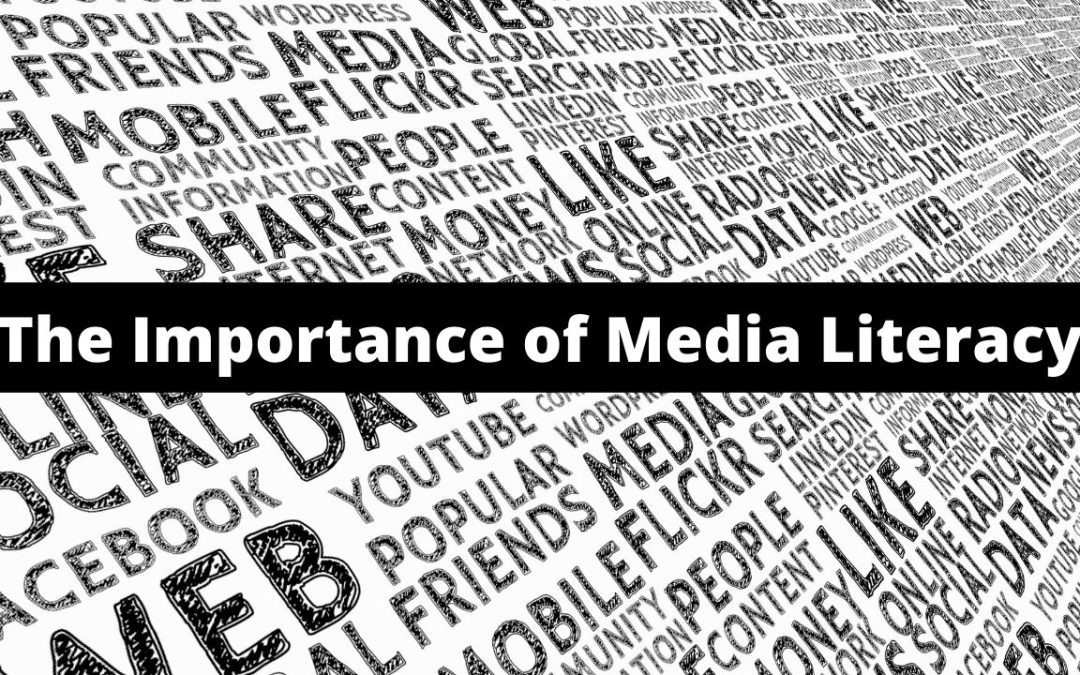It may seem like a no-brainer that everything digital and media-related would be easy to interpret to younger generations, but that isn’t always true. Many children can grow up with tech and media but still not grasp the underlining or potentially subliminal messaging behind it. This can in turn make it harder for them to understand some social and online cues.
What Is Media Literacy?
Media literacy is a broad subject, but it comes down to understanding and interpreting any and all forms of media. It could be perceiving the emotions behind certain emojis, understanding viral videos or even comprehending online commercials. It’s taking in online-based information and processing it correctly, in a nutshell. Teaching media literacy is vital for children to fully comprehend what they are watching and to apply it to real world terms, if necessary.
Literacy Education
According to NAMLE, the National Association for Media Literacy Education, defining literacy education relies on a child exploring and applying different communication methods. Despite most people having access to these marketing and media related images and ads, it isn’t always easy for them to interpret what they’re watching. For many children, they are growing up seeing many different real and imaginary images combined in many different forms, and this can make it hard to comprehend what a message is trying to say and what is even real in it. Computer graphics are rapidly improving and sometimes the line between fantasy and reality is blurred, especially if a child isn’t taught at a younger age what is real and what isn’t.
Applying What They Learn
A big part of teaching media literacy relies on critical thinking. This will be the basic structure for your kids to start with while watching media of any kind, and can always help them distinguish what is being said and how it’s supposed to be interpreted. They’ll be able to see what is and isn’t included in these messages and how it could be intentional and not, and how that can impact their interpretation.
Make sure you are also educating your kids on media’s role in culture, and even your own family. If you don’t instantly want a hamburger after seeing a fast food commercial, explain this to your child and let them see it and even feel it firsthand! This can also help them become a smart consumer, which is recognizing persuasive content, like ads for products, services and information. They will be able to determine whether it’s credible or not over time, and be able to apply this media literacy to many facets of their life!
Katie Kyzivat

